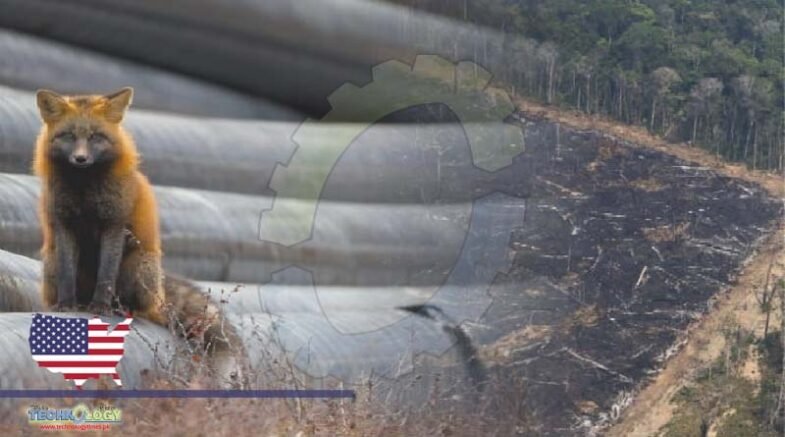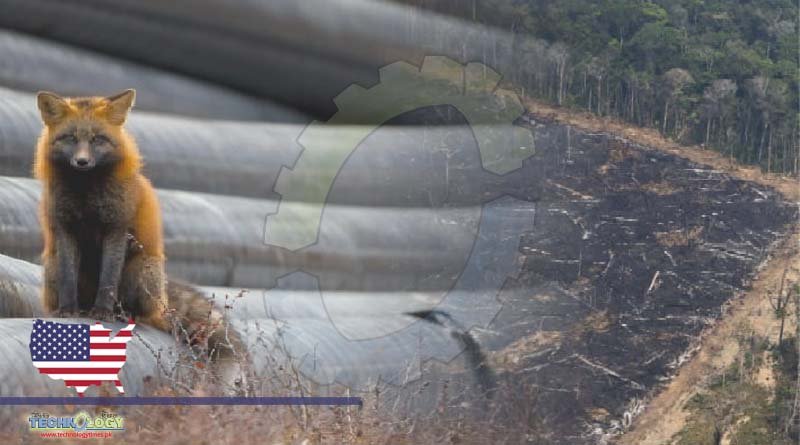Hybridization isn’t as rare as you think, and it’s a tactic some animals can use to weather global warming

Every middle-school student learns the dogma: a species is defined as a group of organisms that interbreed and produce fertile young. When individual plants and animals can’t, we call them different species. Sometimes it’s a little confusing to imagine exactly how that might work between Great Danes and Chihuahuas, which are both Canis familiaris, but for the most part it’s a comforting way to make sense of the biological diversity around us. Except that it’s wrong. Older genetic sequencing techniques meant that until recently, scientists could examine only a small percentage of an organism’s DNA, providing us a reasonable proxy for the heritage of the organism as a whole—whether the creature came from an interbreeding event, for instance. We used these DNA snippets to infer how two creatures were related. But now, with the ability to sequence entire genomes quickly and accurately, we can examine most of the millions of pieces of DNA contained in every living thing. And we are discovering that “species” aren’t so clear-cut.
Hybrids, or organisms that contain DNA from more than one species, were supposed to be the unlucky reproductive dead ends of parents from different species that lacked some Darwinian common sense; instead, new genomic data give us rampant evidence that species, even ones that aren’t very closely related, have been swapping genes in an act of evolutionary defiance that isn’t so vanishingly rare.And as a parade of droughts, floods and heat waves replaces the relative ecological stability on which many species depend, these hybrid species may be better equipped to handle climate change than the parent species from which they came. Typically, each species has to evolve its own beneficial genes, a laborious process of small mutations that can be hit or miss when it comes to conferring a benefit. This process takes many generations. But when different hybridize, beneficial genes that have evolved in one species can, through mating with the hybrid, migrate to the other species in the blink of an evolutionary eye. This shuffle of DNA, when beneficial, could confer serious benefits, like disease resistance or adaptations to new environments. Hybridization gives a way to quickly swap their best genes as if they were like trading cards. Rather than being detrimental, liaisons between two species serve as a mechanism for rapid genetic upgrades and might set up advantageous events for many kinds of animals and plants. So, while many or even most individual interspecific hybrids might not always be reproductively successful, genomics clearly indicates hybrids are sometimes, or even frequently, able to find a partner and reproduce, eventually blending their novel combination of genes with one of the parent lineages.
Source: This news is originally published by scientificamerican
